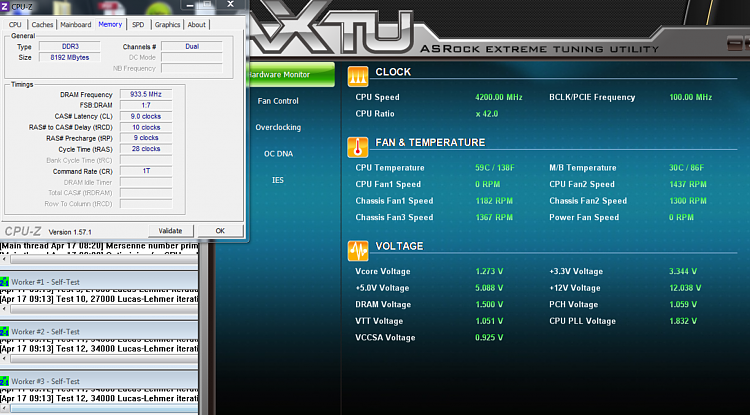New
#1
New 2500K build OC Question
I just built a new Sandy Bridge rig this weekend. Specs are in stats, but it is an i5-2500K on an Asrock P67 Extreme4 board, in an In Win Dragon Rider case (great case). Build completed yesterday. Today I OC it to 4.2. I set the ram to XMP and set the frequency. I left everything else on auto and just changed the multiplier to 42. After that I ran Prime95. After 1 hour of Prime This is what I am showing. All voltages are stock (auto).
Does anyone see anything wrong with this?



 Quote
Quote